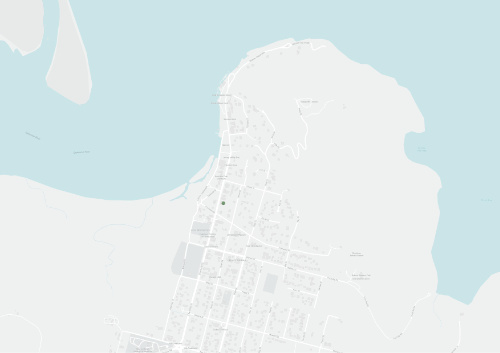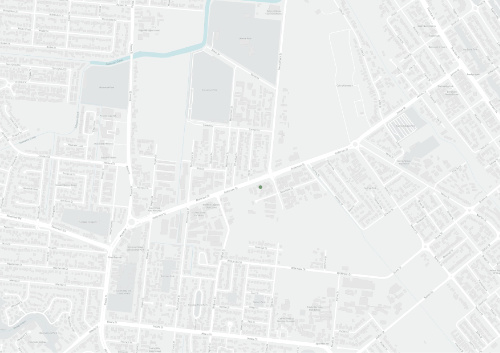Good results for Eastern Cape York Partnership
More than 365,000 hectares of Cape York Peninsula’s east coast was included in two aerial feral pig control assignments for the Eastern Cape York Turtle Protection Partnership.
Approximately 1,220 feral pigs were culled as part of a project which aims to monitor and reduce the impacts of feral pigs on nesting turtles and wetlands in the region.
The results are the first for the Partnership which was created last year through Cape York NRM, supported by the Australian Government.
Its members include Queensland Parks and Wildlife Service, Lama Lama, Wuthathi, Rinyirru, Cape Melville and Flinders Howick Islands.
“We are pretty happy with these initial results coming through,” Cape York NRM’s Coastal Ecosystems Coordinator David Preece said.
“The two culls were carried out in November-December 2021 and February-March 2022; before and during turtle nesting seasons. Evidence of turtle nest predation was detected during the latter control program.
“This gives us a measure to see whether the nests in the next season have less predation following the culls."
The project aims to develop an ongoing monitoring program, with training provided to Traditional Owner ranger groups, on-ground nest protection and air observation and pig control.
“Over 80% of eastern Cape York is Indigenous-owned land, including National Parks jointly managed with QPWS,” Dave said.
“QPWS has been carrying out feral pig control operations throughout Cape York for many years, but this Partnership enhances their work through the extension of the control area and by increasing the understanding and capacity of landholders.”
The Eastern Cape partnership hopes to improve the survival rate of endangered turtles and their clutches on the coast, as well as protect the high value wetlands, floodplains and coastal vegetation found in these control areas.
A QPWS Pest Animal Control Project report for Cape York NRM said the benefits of removing these pigs was “significant”.
“This northern section of coast has been preferential for nesting turtles on the east coast and as such the nest density is greater, exposing many nests to predation by individual pigs and even in a single feeding event. Typically, it appears nest predation is a learnt behavior most commonly by large boars. Removing these specific animals can create an extended period of reduced impacts.”
The Eastern Cape York Turtle Protection Partnership is one of two pig control programs contained in the Cape York Demonstration Site for the National Feral Pig Action Plan (NFPAP), the other being the highly successful Western Cape Turtle Threat Abatement Alliance (WCTTAA).

